Our elegant suburb of Portland, Tigard, Oregon had its origins in the 19th Century as a rural farming community of Oregon Trail pioneers. Our city was named for Wilson McClendon Tigard who arrived in the Tualatin Valley in 1852 after crossing the Oregon Trail with his wife Mary Ann Yoes (1830-1899) and his young son John (1850-1931). Wilson Tygart had been born near Fork Smith, Arkansas, had married his wife in 1850 and they decided to move to the Oregon Country after flooding had damaged their small Arkansas farm. They arrived in The Dalles in October 1852 and floated down the Columbia River on flatboats to Milwaukie. Here Wilson worked briefly as a horse driver of a logging team, was injured, and decided to relocate his family south of Portland to a community then known as Butte and later in 1876 East Butte. An earlier settler George Richardson loaned Wilson two Spanish cows to use as collateral to purchase a homestead of 320 acres of farmland. He built a small log cabin and his family spent their first winter in the Tualatin Valley. In the census and tax roll of 1853 Tygart had changed his name to Wilson M. Tigard and he had helped to build the community’s first elementary school. Wilson and Mary Ann Tigard would have ten children, many of whom became pillars of the growing community. Wilson’s family befriended the local Native Americans, the Atfalati Kalapuya, and learned how to clear the land by burning the underbrush to fertilize the topsoil. In 1875, Wilson donated an acre of his land claim on the future Pacific Highway to establish the Grange, an organization that promoted the economic and political interests of local farmers. Wilson built and gave his eldest son John a home now known as the John Tigard House Museum which was John’s wedding present in 1880. Wilson Tigard died in 1882 and his son Charles F. Tigard established a general store with his mother known as the Tigardville General Store which served also as a postal station and polling place for the growing community. John Tigard continued to run the family farm and also ran a wagon service into Portland.
The name of the community was changed to Tigardville after the general store and the postal station and son Charles had named it after his parents. The first telephone service in Tigardville connected the store with Beaverton in 1901. Charles Fremont Tigard became a strong political leader and organized the Mutual Telephone Company, served as President of the Grange Fire Relief, became President of the First Bank of Tigard, and lobbied for the first sidewalks through the Merchants’ Commercial Club. The modern Charles F. Tigard Elementary School still bears his name. He served as an Oregon legislator in 1895 and 1911. Charles was the father of William “Willie” Tigard his first son who later died in Alaska, and Grace, George, and Curtis.
Tigardville changed its name to Tigard in 1907-8 when the Oregon Electric Railway was built through town and the administrators wanted to distinguish between Wilsonville and Tigard, both stations on the route receiving freight shipments. Portland’s Yamhill Market attracted farm produce from Tigard after 1910. In 1911 electrification was extended to Tigard from Portland. Tigard became an incorporated city on September 11, 1961, celebrating its 50th anniversary in 2011.
The complete story of the fascinating history of Tigard, Oregon can be read in Images of America: Tigard (Arcadia Publishing) by retired Oregon State History Professor by Courtesy, Barbara Bennett Peterson.
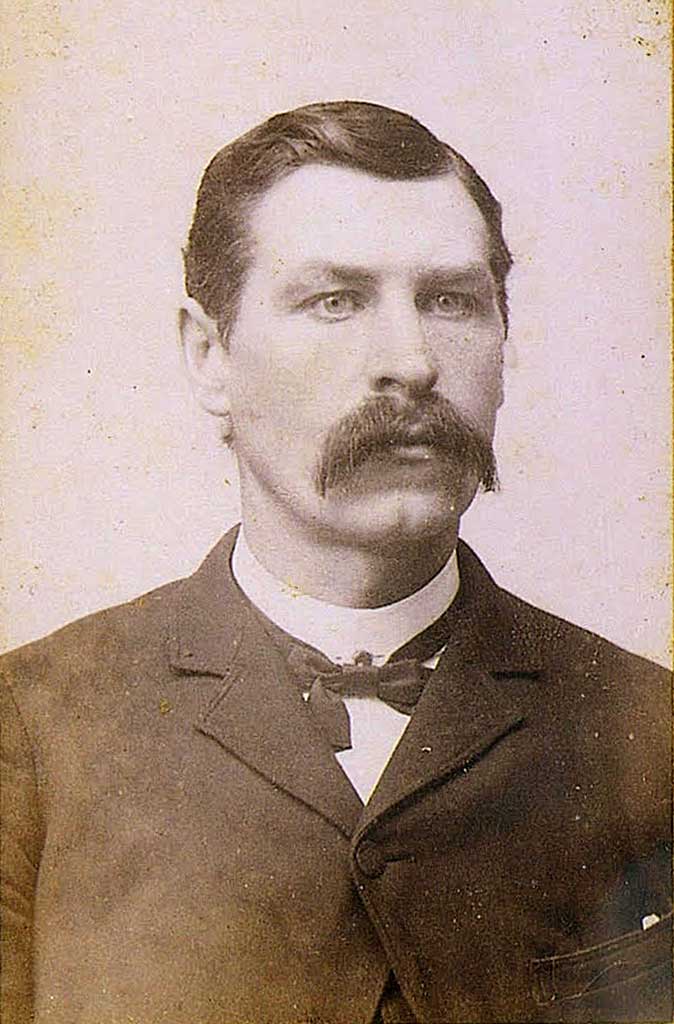
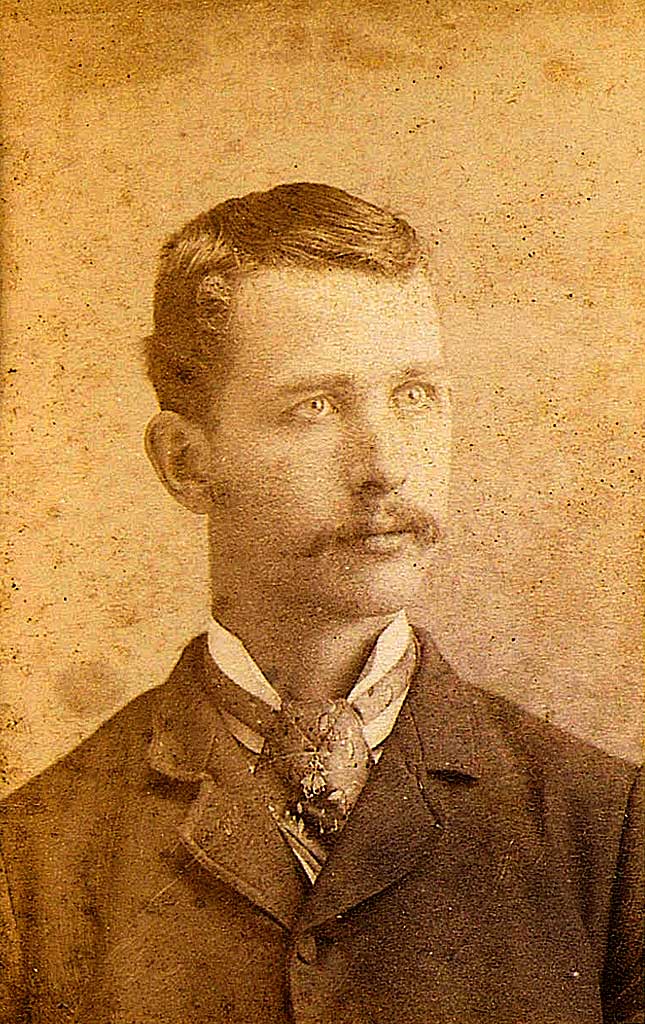
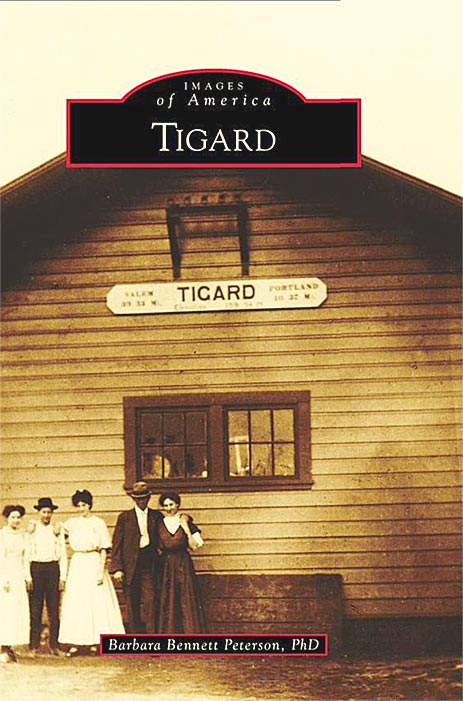
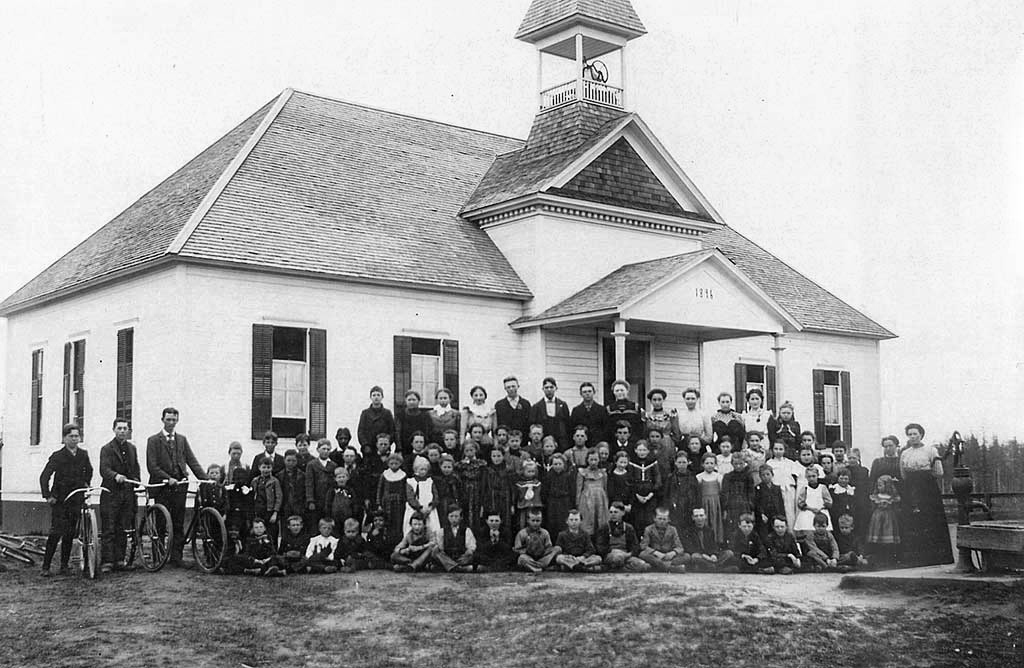
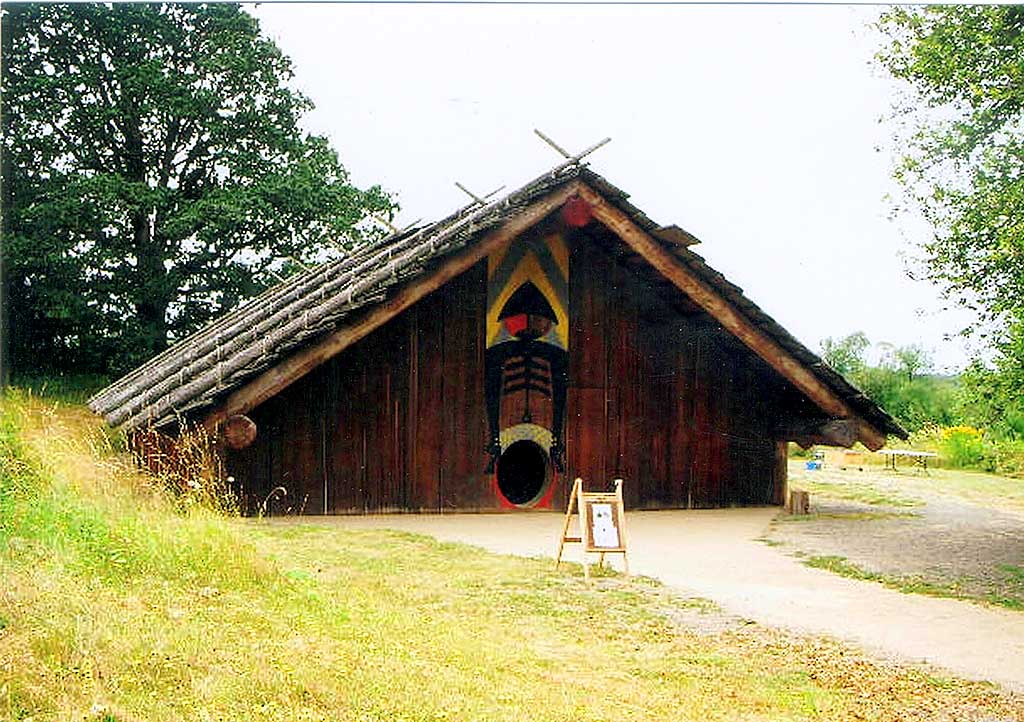
Dr. Barbara Bennett Peterson’s book can be found locally at Costco, Rite Aid, and the Tigard History Association’s John Tigard House Museum and online at Amazon.com tinyurl.com/4eym9zmt.






















